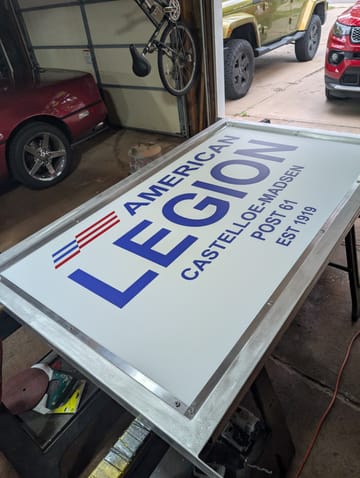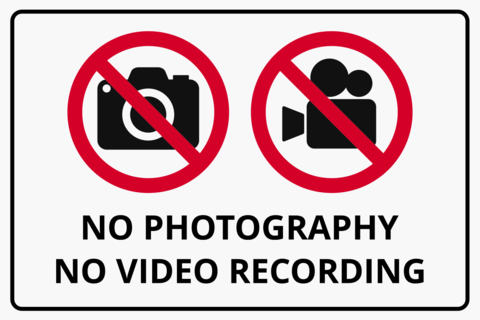We just received our two beautiful prints from Square Signs and couldn’t be happier. The quality is outstanding, with vibrant colors that truly bring the designs to life. Both pieces arrived well packaged and feel durable, ensuring they’ll last for years. The online design tools were easy to operate and very user-friendly, making the whole process smooth and enjoyable. Delivery was impressively fast, rounding out an excellent experience from start to finish. We highly recommend Square Signs!
A Walz


































